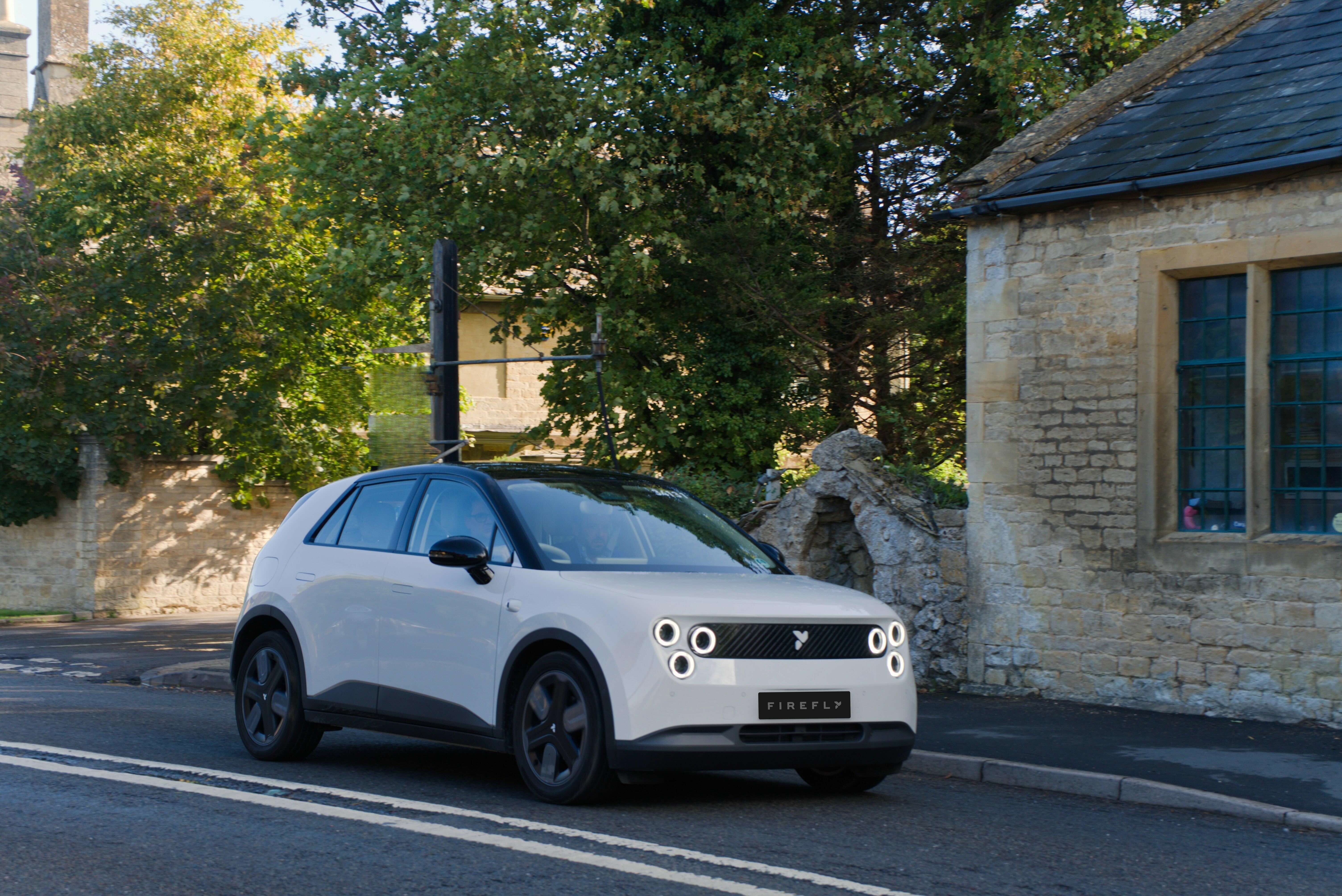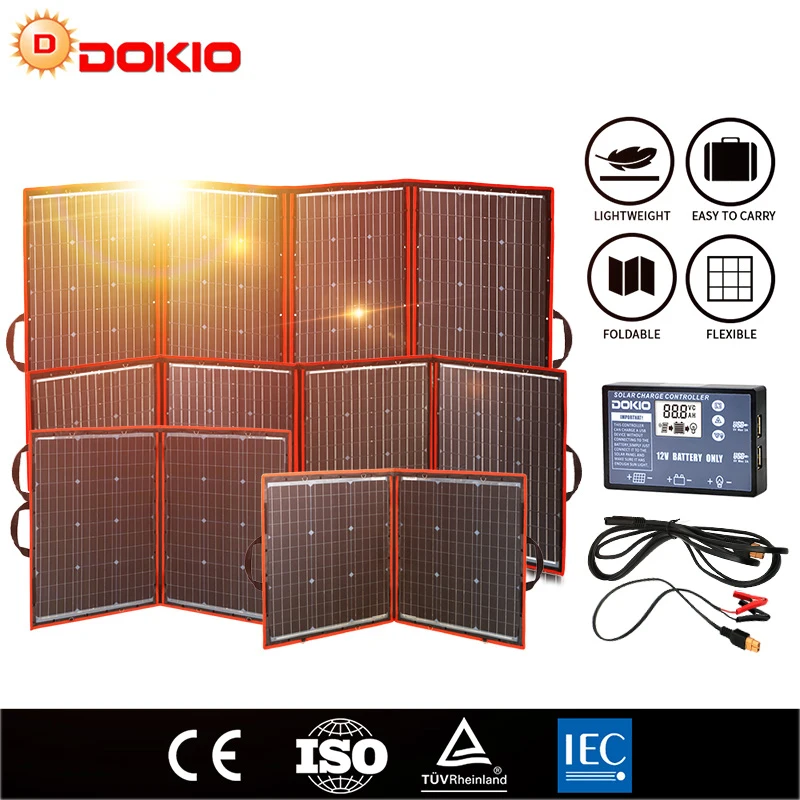
After terminating the battery rental for new units in the UK and Spain, now Renault is also selling the ZOE in Portugal and France only with batteries included.
Important markets, such as Germany and Italy, still offer the option of renting the battery, but it’s only a matter of time before it runs out.
These are now the starting prices in Spain.
Life R110 (ZE 40 battery): 28.485 euros Intens R110 (ZE 50 battery): 30.523 euros Intens R135 (ZE 50 battery): 30.966 euros Zen R135 (ZE 50 battery): 32.162 euros These are now the starting prices in Portugal.
The 2020 Chengdu Auto Show started yesterday (July 24) and a lot of Chinese automakers are using it to unveil new or upgraded electric cars. One of these automakers is ORA.
ORA is the affordable brand of the giant Chinese automaker GWM (Great Wall Motors) that also owns the battery cell maker SVOLT.
ORA R1 (Black Cat)
The ORA R1 that looks like a mixture between a Honda e (front) and a Smart ForFour (back) now gets a 37 kWh battery, enough to surpass the mark of 400 km range in NEDC, which makes it eligible to get the full government subsidy.
Now that BMW finally unveiled its new electric car, we have more details about its powertrain that includes a NCM 811 battery made with 188 prismatic cells from CATL.
But first, let’s see some important parts of the press release.
New BMW iX3 will be the brand’s first model to also be produced for export at the Shenyang manufacturing facility in China. Market launch will begin in China later in 2020. Strategic “Power of Choice” approach covers broad spread of customer requirements and statutory regulations around the world: BMW X3 is the first model to be available with a petrol or diesel engine, plug-in hybrid drive system or all-electric drive system. New BMW iX3 blazes a trail for fifth-generation BMW eDrive technology. Major progress made in terms of power density, operating range, weight, installation space requirement and flexibility. Power density of the electric drive system increased by 30 per cent over the BMW Group’s existing fully electric vehicles; gravimetric energy density of the high-voltage battery at cell level up by 20 per cent. Latest versions of the electric motor, power electronics, charging technology and high-voltage battery (all developed in-house) will also be deployed in the BMW iNEXT and BMW i4 from 2021. Efficiency boosted significantly compared with the BMW i3 by highly integrated drive system technology. Electric motor, power electronics and transmission arranged in a central housing for the first time. Fifth-generation BMW eDrive high-voltage battery with the latest battery cell technology and gross energy content of 80 kWh enables operating range of up to 460 kilometres [285 miles] in the statutory new WLTP test cycle (up to 520 kilometres [323 miles] in the NEDC test cycle). BMW Group monitors compliance with environmental and social standards as part of its procurement process for the lithium and cobalt used in battery cells. Newly designed fifth-generation BMW eDrive electric motor produces maximum output of 210 kW/286 hp and peak torque of 400 Nm (295 lb-ft). Acceleration from 0 to 100 km/h [62 mph] in 6.8 seconds (for purposes of comparison – BMW X3 30i: 6.4 seconds), top speed (electronically limited): 180 km/h [112 mph]. The design principle of a current-excited synchronous motor enables optimised power development and allows engineers to avoid the use of rare earths.
While ago I wrote that the comeback of LFP (LiFePO4) batteries would happen and it would be thanks to the adoption of a new high-voltage form of LFP that incorporates manganese (LFMP).
It seems that I was right about the first part and wrong about the second. Cobalt-free LFP batteries are now gaining traction, but it isn’t thanks to LFMP…
It’s the CTP (cell-to-pack) technology the main responsible for the substantial energy density increase of cobalt-free LFP batteries that made their strong comeback inevitable.
Panasonic is one of world’s biggest battery cell makers, but as strange as it may seem, the company is in a fragile position.
Supplying very energy-dense cylindrical NCA battery cells to Tesla has been the focus so far, however the company can’t be sustainable if it depends too much on a single customer, especially if this customer uses a type of cells that others don’t and even intents to produce its own cells someday.
Launched last year in China the Weltmeister EX5 is currently listed with a starting price of 139.800 yuan (17.561 euros) after subsidies. This is a very appealing electric car sized between the Kia e-Niro and the Tesla Model Y.
Let’s see some of its specs:
Wheelbase: 2.703 mm Length: 4.585 mm Width: 1.835 mm Height: 1.672 mm Motor: 160 kW and 315 Nm of torque Acceleration: 0-100 km/h in 8,3 seconds On-board charger: 6,6 kW DC fast charging: 30 to 80 % in 30 minutes at 120 kW chargers Battery capacity: 69 kWh with lifetime warranty Battery weight: 432 kg Battery energy density: 160 Wh/kg Range (NEDC): 520 km (323 miles) Considering that range in WLTP is roughly 3/4 of NEDC, in a more realistic test cycle the range would be around 390 km (242 miles). Not bad at all considering the price.
Currently the most energy dense battery packs made with cobalt-free LFP (LiFePO4) cells in China are being used by electric buses.
Yutong electric buses powered by CATL’s LFP battery cells hold the current record with an impressive figure of 161,29 Wh/kg at the battery pack level. This means that at the battery cell level CATL already managed to surpass 190 Wh/kg…
It comes as a nice surprise after the disappointing energy density figure of 125 Wh/kg achieved by the Tesla Model 3 with CATL’s LFP battery cells.
While most automakers are still making excuses to delay the massification of electric cars, the Standard Range Plus version of the Tesla Model 3 made in China already has an extremely safe, durable, simple and cheap cobalt-free LFP battery from CATL and an impressive profit margin of 35 %.
This version costs 291.800 yuan (36.480 euros) before government subsidies and 271.550 yuan (33.948 euros) after subsidies.
Curiously, in the more expensive Long Range version of the same electric car made in China the profit margin is lower (32 %). In this version the battery is more complex and made with NCM 811 cylindrical battery cells from LG Chem.
The first generation NCM 811 battery cells from CATL and SK Innovation are now on top of the list of the most energy dense cells used in China.
As for the second generation of NCM 811 batteries with silicon added to the graphite anode, they will arrive later this year and will be able to reach 300 Wh/kg.
The latest list also shows us that cylindrical battery cells are no longer required to achieve great energy density levels.
It’s no secret that the massification of electric cars requires batteries made with cheap raw materials, which means that they need to be cobalt free.
However, cobalt-free battery cells still don’t have great energy density, therefore reducing passive material is crucial to achieve overall good energy density and cost at the battery pack level.
The active material of battery packs is what stores the energy (cells) and its cost is variable (60-90 euros per kWh). The passive material is what assembles and protects the cells (cables, tubes, electronics and case), it doesn’t depend much on battery capacity and its cost tends to be more linear.
It’s no longer an educated guess on my part, we now have the confirmation that LG Chem started the trial production of NCM 712 battery cells at its plant in Poland last year. As for mass production it started early this year.
The new LGX E78 battery cell is now being used by the Volkswagen ID.3 and the new generation Renault ZOE.
Manufacturer: LG Chem Model: LGX E78 Voltage: 3,65 V Capacity: 78 Ah Weight: 1.073 g Gravimetric energy density: 265 Wh/kg Chemistry: NCM 712 I suspect that the Dacia Spring Electric will also get this NCM 712 battery cell from LG Chem.
Large battery cells… why now?
Simpler battery packs made with fewer and larger battery cells weren’t possible with compromised platforms like MQB, however in skateboard platforms like MEB - specially made for electric cars -, they are not only possible, they are what makes sense.
If you’re wondering why Tesla is still using thousands of tiny cylindrical battery cells to assemble complex battery packs, it’s because when the automaker introduced the Roadster in 2008, high energy density battery cells were only available in that format (mostly used in laptops).










































